The Documentation Dilemma in Women’s Health
If you ask any OB/GYN provider what part of their day consumes the most time, you’ll likely hear the same answer: documentation.
From prenatal visits to surgical follow-ups, every encounter generates multiple layers of notes, codes, and forms. The average provider spends over two hours per day completing clinical notes—often after clinic hours.
This “pajama time” not only contributes to burnout but also limits how many patients providers can see. That’s why the most innovative practices are now turning to AI-powered note preparation tools designed specifically for healthcare workflows.
How AI Is Revolutionizing Clinical Note Preparation
AI-driven documentation tools use natural language processing (NLP) and clinical reasoning to automatically generate visit summaries from provider dictation, EHR data, or conversation transcripts.
Here’s how they work:
- Capture: The provider speaks naturally during or after a visit—no structured prompts required.
- Understand: AI identifies medical terms, diagnoses, and procedures specific to women’s health.
- Compose: The system generates a draft note that aligns with standard SOAP or narrative templates.
- Review: The provider reviews and edits in seconds—maintaining full control over accuracy and tone.
The outcome is the same high-quality documentation, produced in a fraction of the time.
Why Women’s Health Needs Specialty-Aware AI
Generic dictation tools can misinterpret context in OB/GYN encounters. For instance, they might confuse “EDD” (estimated due date) with “ED” (emergency department) or misclassify routine procedures.
Women’s health requires note preparation tools that understand its unique vocabulary and workflows—terms like “antenatal,” “LMP,” “Pap smear,” and “IUD insertion.” AI trained specifically on OB/GYN data ensures accurate, clinically relevant documentation every time.
What to Look for in the Best AI Note Prep Solution
When evaluating AI documentation software, OB/GYN leaders should consider:
- Clinical Accuracy: AI must recognize medical shorthand and specialty-specific terminology.
- EHR Integration: Seamless export to existing chart systems without breaking workflows.
- Data Security: Full HIPAA compliance with encrypted transcription and storage.
- Customization: Ability to tailor note formats, templates, and levels of detail.
- User Control: Providers should always have final approval before notes are signed.
The best tools blend intelligence with usability—helping teams document faster without compromising care.
Why Honey Health Leads in AI Documentation
Honey Health’s note preparation AI was built to handle the complex documentation needs of women’s health providers.
It integrates directly into your EHR, listens to clinical conversations, and automatically prepares structured, compliant notes that are ready for review and sign-off.
With Honey Health, providers can:
- Generate accurate visit notes within minutes
- Eliminate manual transcription and data entry
- Maintain full control over edits and approvals
- Ensure complete, compliant documentation across all visits
This reduces after-hours charting, shortens claim submission times, and improves overall provider satisfaction.
From Note-Taking to Care-Taking
AI documentation doesn’t replace the provider—it restores their time.
For women’s health practices, adopting AI note preparation tools like Honey Health means fewer late nights, faster chart closure, and more focus on what matters most: patients.
As AI continues to evolve, the best note preparation tools won’t just write notes—they’ll understand context, suggest codes, and optimize care delivery across every patient interaction.
The future of women’s health documentation is here—and it’s intelligent, seamless, and built for real clinical life.

